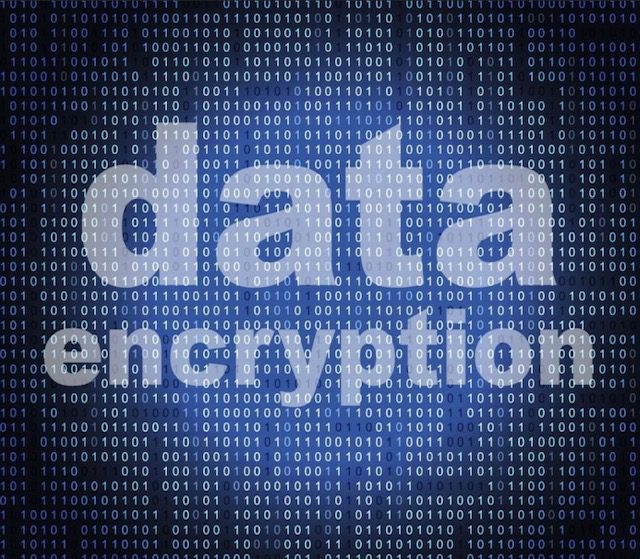
Encryption plays a crucial role in locking down sensitive information, especially during transfers to the cloud. As more companies move their data to cloud-based systems, encryption has become an indispensable component of modern cybersecurity. In this article, we will dig into encryption, breaking down its principles and importance to ensure a comprehensive understanding.
What is data encryption
Encryption is a security process that protects data by encoding it. When a person who is without proper authorization tries to access the encrypted data, it appears scrambled and doesn’t make sense. It does so through mathematical algorithms, coding it into unreadable random data so that only individuals with the correct decryption key—typically the sender and the intended recipient—can unlock and access the data in its original form.
Businesses, organizations, and financial institutions, even private individuals use encryption to keep sensitive pieces of information, locked up.
Indeed, encryption is key to fending off unauthorized access to data privacy.
Types of encryption
There are two popular types of encryption:
1. Symmetric Encryption
Symmetric encryption involves the usage of the same key for data encryption(locking up data) and decryption(opening data). If data gets encrypted, it means that this data has been jumbled, and no one, except the intended person who has received the key, can decrypt this data to see it in its original form. This means that sensitive information will remain sensitive.
Banks use symmetric encryption to protect sensitive data like card details and account numbers. For example, while making a payment to a person or an organization, your data gets encrypted as it travels through the servers of the bank. In case hackers intercept the data, they will not be able to understand it because it appears meaningless and jumbled without a decryption key.
2. Asymmetric Encryption
Unlike symmetric encryption, which relies on one key for encryption and decryption, Asymmetric encryption uses two keys-a public key and a private key. The public key is given to anyone, while the private key is kept secret by the recipient. Data encrypted with the public key can only be decrypted and read by the recipient who possesses the corresponding private key. Thus sensitive data remains secure, as the private key is not exposed to others.
The most typical uses of asymmetric encryption are in blockchain technology. It is used to increase security during a transaction-the only person able to decode and verify information is supposed to be the recipient of a transaction.
Asymmetric encryption is also important in establishing secure communications online. Protocols such as TLS, and powering HTTPS, depend on this method. When you visit a secure website, the site’s public key encrypts your data, while the private key, stored on the server, decrypts it and that’s why you see a padlock in the address bar. In essence, even when hackers get hold of your information while it travels across the internet, they will be unable to read it.
Cloud encryption best practices
Use industry-approved encryption standards such as AES-256 so that it will be hard for anyone to decrypt.
• Data To Encrypt
Two things should be considered when encrypting data at Rest and Data in transit. The former refers to data in your local computer, and the latter, data moving over a network or cloud.
• Role-Based Access Control (RBAC)
Not everyone should have access to certain types of data which is why it’s necessary to have RBAC, where certain persons/employees will have access to data according to the level of access given.
• Choosing the Right Encryption Tool
In choosing an encryption tool, you should consider things Such as compatibility with your systems, and the standard of encryption(there are various standards) but the most frequently used is AES-256 or RSA.
Compatibility: We should work together with the systems, be GDPR and HIPPA compliant, and most importantly, have scalability.
These are some of the factors to consider when choosing an encryption service.
Encryption Software
Popular services include BitLocker(Windows), AWS, NordLocker, and so on. Choose the tool that aligns with your organizational needs.
Cloud encryption challenges
1. Keys
A case where the key is lost or not used correctly may result in permanent data loss. That is why it is very important to ask the question, who holds the cloud encryption keys? The cloud provider or the organization?
2. Cost
Using a cloud provider costs money so an organization should be prepared for the additional costs.
3. Bad configurations
Bad configurations like weak encryption make systems weaker and expose them to attacks.
4. Performance
Strong encryption introduces latency which makes the whole process slow.
To conclude, Cloud encryption is one of the necessary steps in securing sensitive data from those who shouldn’t have access to it. Following the best practices highlighted in this article is always the way forward in an organization.


This is content excellence at its finest! The depth of research and clarity of presentation sets a new standard. Your expertise in this field is truly impressive.